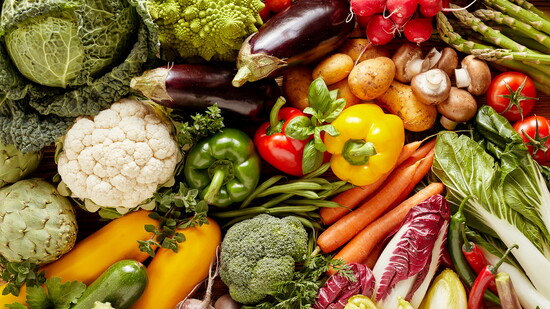Eating healthy is a priority for many families, but rising grocery costs can make it feel overwhelming. One of the most common questions I get as a health and nutrition coach is: "Do I really need to buy everything organic?" The answer is no—and thanks to the Environmental Working Group (EWG), we have a smart, science-based guide to help us make informed, budget-friendly choices at the store.
Each year, the EWG releases two important lists: the Dirty Dozen and the Clean Fifteen. These guides are based on thousands of produce samples tested by the USDA and FDA for pesticide residues. The goal? To help consumers like you and me decide when it's worth splurging on organic, and when it’s okay to save money by buying conventional.
The Dirty Dozen: Buy Organic When You Can
The Dirty Dozen includes the top 12 fruits and vegetables with the highest levels of pesticide residue—even after washing. These are the items you’ll want to prioritize buying organic to limit your exposure to potentially harmful chemicals.
The 2024 Dirty Dozen:
- Strawberries
- Spinach
- Kale, Collard & Mustard Greens
- Grapes
- Peaches
- Pears
- Nectarines
- Apples
- Bell & Hot Peppers
- Cherries
- Blueberries
- Green Beans
Many of these are thin-skinned or leafy—making them more susceptible to absorbing pesticides. For example, strawberries and spinach often top the list because they’re sprayed frequently and lack a protective outer layer.
The Clean Fifteen: Safe to Buy Conventional
On the other hand, the Clean Fifteen includes produce items that consistently test for the lowest levels of pesticide residue. These foods often have thick peels or natural defenses that help protect them from pests—so fewer chemicals are needed during farming.
The 2024 Clean Fifteen:
- Avocados
- Sweet Corn
- Pineapple
- Onions
- Papaya
- Sweet Peas (frozen)
- Asparagus
- Honeydew Melon
- Kiwi
- Cabbage
- Watermelon
- Mushrooms
- Mangoes
- Sweet Potatoes
- Carrots
Buying conventional versions of these foods is generally safe—and it frees up your grocery budget to focus on organic options where they really count.
How This Saves You Money
Let’s face it—organic produce can be pricey. But that doesn’t mean you have to choose between your health and your wallet. With the Dirty Dozen and Clean Fifteen as your guide, you can make smarter decisions without the stress.
Here’s how to make it work:
Prioritize wisely – Choose organic when it comes to the Dirty Dozen, especially if those foods are staples in your household. If you eat apples or spinach every day, it’s worth investing in the organic version.
Shop with confidence – Know that you're making a safe choice when buying non-organic avocados or pineapples. Use the Clean Fifteen list to guide your conventional produce purchases.
Balance health and budget – You don’t have to go all-or-nothing. These lists allow for a flexible, realistic approach to clean eating that fits your lifestyle—and your finances.
Tips for Smart Shopping
- Use the lists as a cheat sheet. Keep a copy on your phone or fridge to reference during your grocery trips.
- Shop seasonally and locally. In-season produce is often fresher, cheaper, and may require fewer pesticides.
- Look for sales and store-brand organics. Many grocery chains now carry affordable organic lines.
- Buy frozen when needed. Frozen organic fruits and vegetables are often more budget-friendly and just as nutritious.
Eating well shouldn't be stressful or financially draining. With tools like the Dirty Dozen and Clean Fifteen, you can feel empowered to make healthier choices while staying within your budget. Whether you’re feeding a family or shopping for one, these lists are a practical way to bring balance, nutrition, and peace of mind to your plate.
